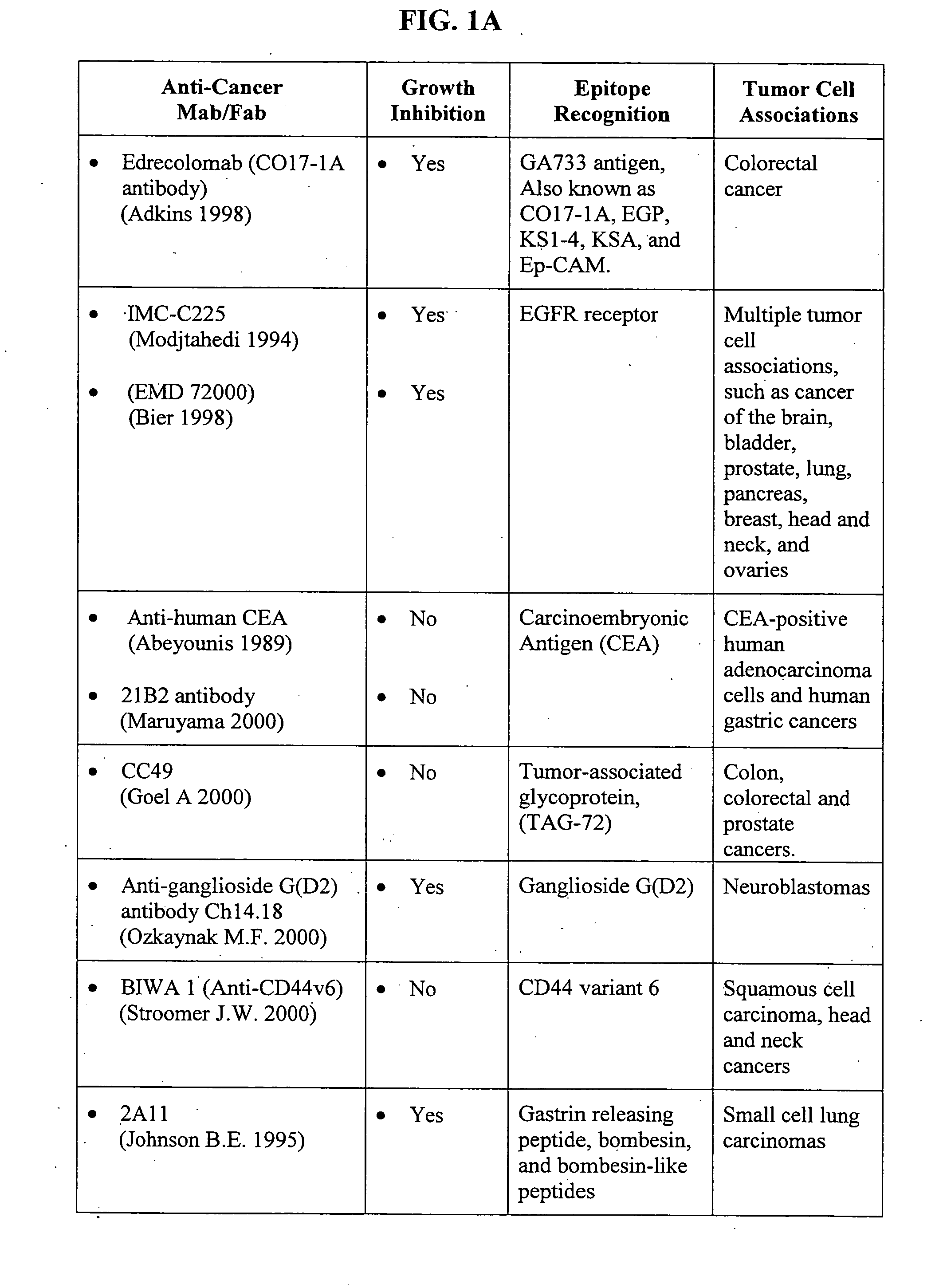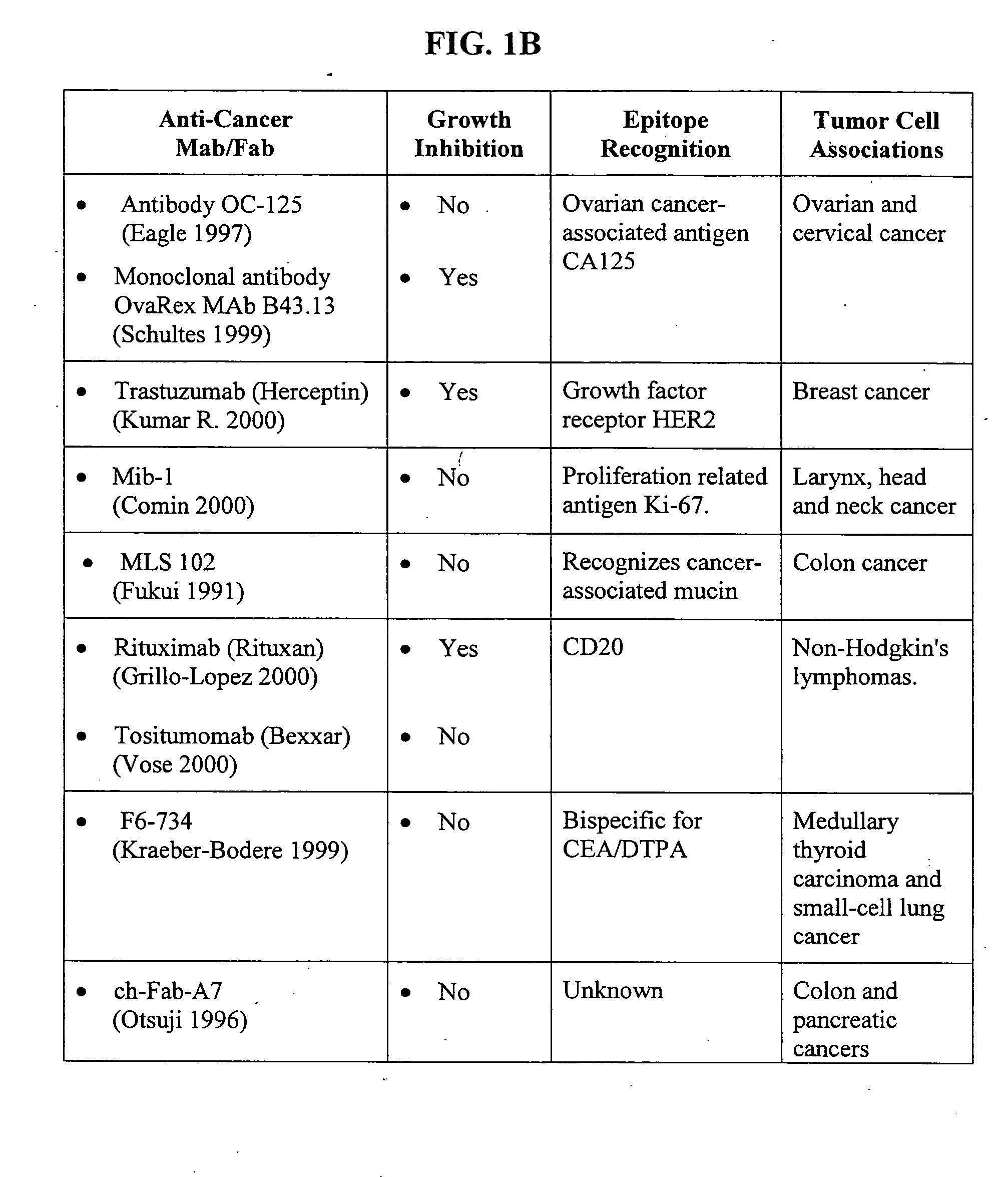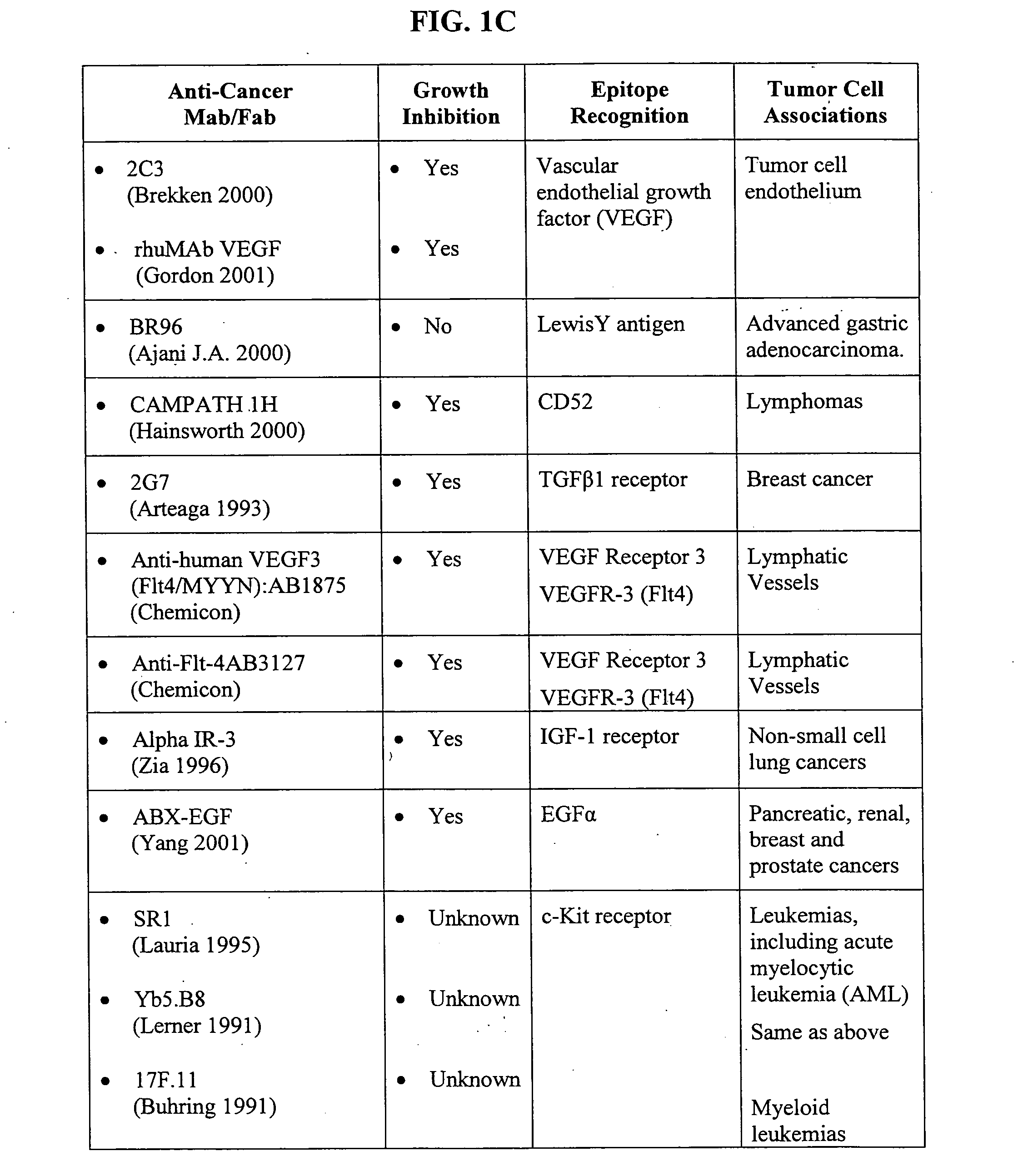Methods of adjuvant photodynamic therapy to enhance radiation sensitization
- Summary
- Abstract
- Description
- Claims
- Application Information
AI Technical Summary
Benefits of technology
Problems solved by technology
Method used
Image
Examples
example 1
Measurement of Tumor Partial Pressure Oxygen in an In Vivo Model
[0132] Detection of oxygen partial pressure changes occurring in vivo during photodynamic therapy is difficult, as these changes are the result of many different factors (Veenhuizen, R. B., et al. 1995). Given the necessity of oxygen to be present for a tumoricidal effect, the consumption of oxygen in this process can be readily observed as an acute decrease of tissue partial pressure of oxygen (Tromberg, B. J., et al. 1990). Accordingly, it is thought that high optical dose rates could lead to less cell death due to the transient depletion of oxygen (Foster, T. H., et al. 1991). In addition to transient decreases in tumor oxygen, rapid and permanent reduction in blood flow and tumor oxygenation can occur due to vascular occlusion during or soon after photodynamic therapy when a large amount of excess photosensitizer is present in blood vessels (Iinuma, S., et al. 1999). This is the theory behind the use of photodynami...
example 2
In Vitro Cellular Oxygen Consumption and Viability.
Preparation of RIF-1 Cells for In Vitro Photodynamic Therapy
[0142] RIF-1 cells were plated three days prior to treatment in black, plastic 96-well plates with a transparent bottom (Fisher Scientific, Springfield, N.J.) at a density of 5000 cells / 200 μl medium / well. After 3 days of growth in 5% CO2 at 37° C. in a humidified incubator, the cells were used in photodynamic therapy. On the day of treatment, the medium was replaced with 100 μl / well of medium with 1 μg / ml BPD in the verteporfin preparation. After a 3-hour incubation, the BPD solution was removed and rinsed once with Hanks Balanced Salt Solution (HBSS), then 100 μl of fresh medium was added to the wells. Cells were irradiated in groups of four wells, with blank wells between the treated groups to ensure that each group of wells received the correct dose of light. In each 96-well plate, squares of 4 were treated with increasing light doses with 8 groups / plate, including t...
example 3
Changes in pO2 Based on Changes in Metabolic Consumption
Oxygen Distribution in RIF-1 Tumors
[0147] A finite element solution to the steady state diffusion equation was applied to solve for the oxygen concentration within an arbitrary volume of tissue. The differential diffusion equation is represented for steady state levels:
D∇2CO2(r)−kmet(r, O2)+SO2(r)=0
Where Co2(r) is the oxygen concentration at position r, D is the diffusion coefficient for oxygen in tissue (spatially independent), kmet(r,O2) is the metabolic oxygen consumption rate, and SO2(r) is the supply of oxygen by the capillaries at each point r.
[0148] The geometries of the capillary tubes containing the tissue samples were derived from eight H&E stained sections of RIF-1 tumor tissue. These were digitized and manually thresholded. The capillary oxygen supply rates were estimated based upon fitting to boundary information, given by pimonidazole staining of adjacent sections of the tissue. Pimonidazole staining yields...
PUM
| Property | Measurement | Unit |
|---|---|---|
| Time | aaaaa | aaaaa |
| Time | aaaaa | aaaaa |
| Time | aaaaa | aaaaa |
Abstract
Description
Claims
Application Information
 Login to View More
Login to View More - R&D
- Intellectual Property
- Life Sciences
- Materials
- Tech Scout
- Unparalleled Data Quality
- Higher Quality Content
- 60% Fewer Hallucinations
Browse by: Latest US Patents, China's latest patents, Technical Efficacy Thesaurus, Application Domain, Technology Topic, Popular Technical Reports.
© 2025 PatSnap. All rights reserved.Legal|Privacy policy|Modern Slavery Act Transparency Statement|Sitemap|About US| Contact US: help@patsnap.com



